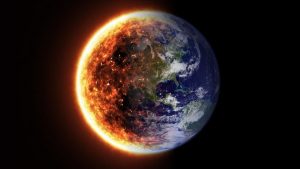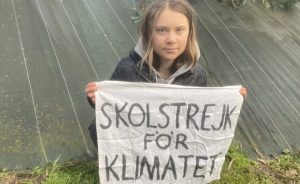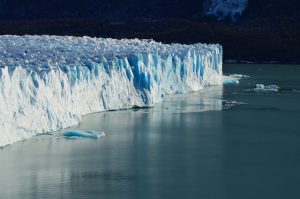El Niño and La Niña, the two climate phenomena occurring across the tropical Pacific Ocean, influence the weather conditions all over the world.
The El Niño period is characterised by warming and increased sea surface temperatures in the central and eastern tropical Pacific Ocean. La Niña event causes the water in the eastern Pacific Ocean to be colder than usual.
According to recent research, climate change can cause extreme and more frequent El Niño and La Niña events.
What are the recent findings?
The Indian Express reported that a paper was published recently in Nature Climate Change and it noted that increasing atmospheric carbon dioxide can cause a “weakening of future simulated ENSO sea surface temperature variability”. It is noted that the intensity of the ENSO temperature cycle can weaken as CO2 increases.
Also read: To counter Climate Change, Wales to plant 86 million trees by end of decade
In a release, Prof Axel Timmermann, the co-corresponding author, said, “Our research documents that unabated warming is likely to silence the world’s most powerful natural climate swing which has been operating for thousands of years. We don’t yet know the ecological consequences of this potential no-analog situation, but we are eager to find out.”
Timmermann is the director of the IBS Center for Climate Physics (ICCP) at Pusan National University in South Korea.
How did they get the findings?
The Indian Express reported that the team used one of South Korea’s fastest supercomputers, Aleph. It is reportedly said that it would take a single human 45 million years to complete the calculations that the supercomputer can perform in one second.
Also read: Firefighters get a tighter grip on Caldor Fire, courtesy good weather
“Our supercomputer ran non-stop for over one year to complete a series of century-long simulations covering present-day climate and two different global warming levels. The model generated 2 quadrillion bytes of data; enough to fill up about 2,000 hard disks,” Dr. Sun-Seon Lee said.
It is also said that there is a tug-of-war between positive and negative feedback in the ENSO system. This tips over to the negative side in a warmer climate. It also means future El Niño and La Niña events cannot develop their full amplitude anymore.






